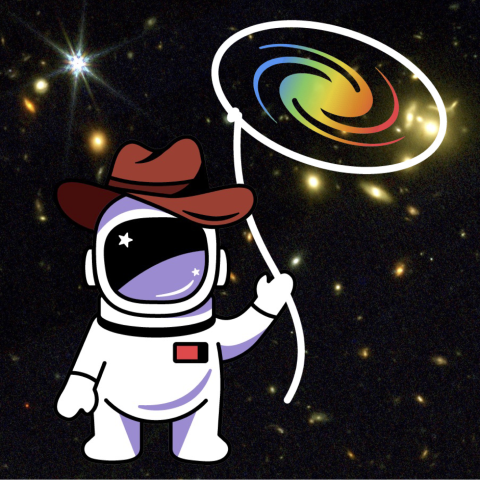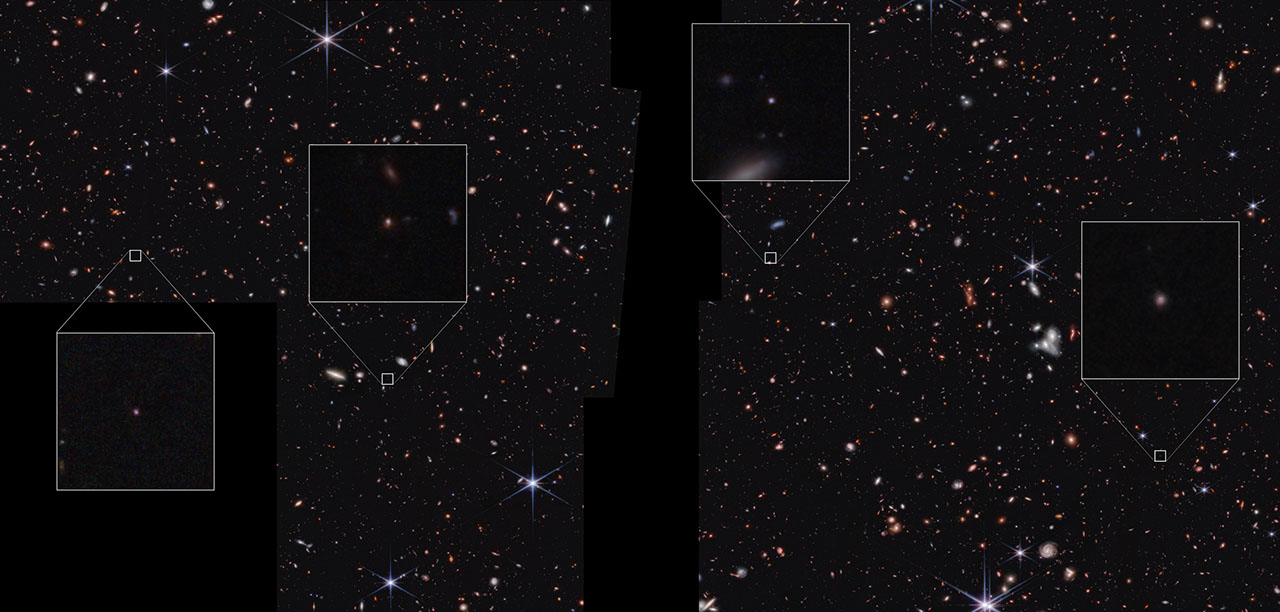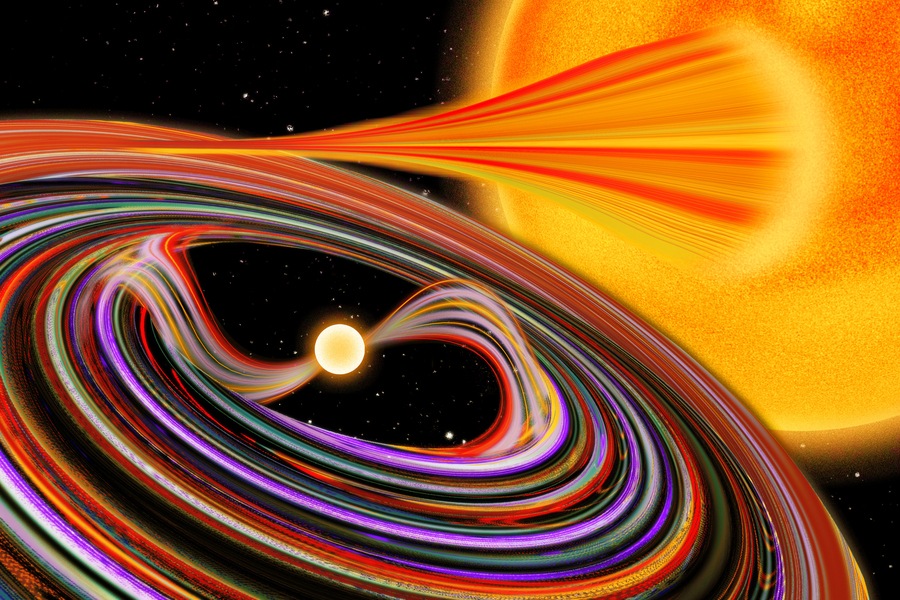As the universe expands, it stretches out the waves of light coming from distant galaxies. Now you can measure this stretching, or “redshift” and use it to look back in time. The new Redshift Wrangler citizen science project, hosted by Zoonverse, asks you to help astronomers peer across billions of light years using this remarkable trick to learn how galaxies form.
“In astronomy, the closest we get to operating a time machine is using telescopes to look at light traveling across the universe.” said Redshift Wrangler project lead Dr. Jeyhan Kartaltepe. “Each measurement you make will help us locate the galaxies on the timeline of cosmic history.”
The Redshift Wrangler project involves two main research tasks. Both involve “spectra”—plots that show how much power has arrived as a function of the light’s wavelength. In the first task, you’ll search for the bumps and wiggles in galaxy spectra that reveal the redshifts, and therefore distances, of galaxies. In the second, you’ll examine and check automated fits to the spectra done by computers.
Join the project here! There are hundreds of thousands of galaxy spectra to analyze. “A spectrum is worth a thousand pictures,” said Dr. Kartaltepe.
NASA’s Citizen Science Program:
Learn about NASA citizen science projects
Follow on Twitter
Follow on Facebook





































